Numedal Valley
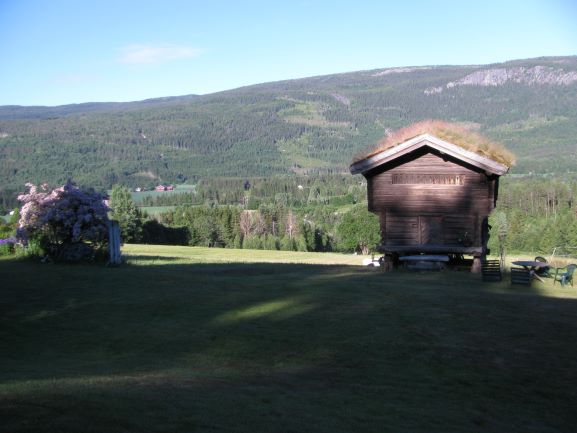
Since medieval times, one of the main routes Traders and Pilgrims used to traverse Norway between Oslo and Bergen, was via the Numedal Valley, which stretches from Kongsberg in the south, to Geilo and the Hardangervidda Plateau, in the North west.
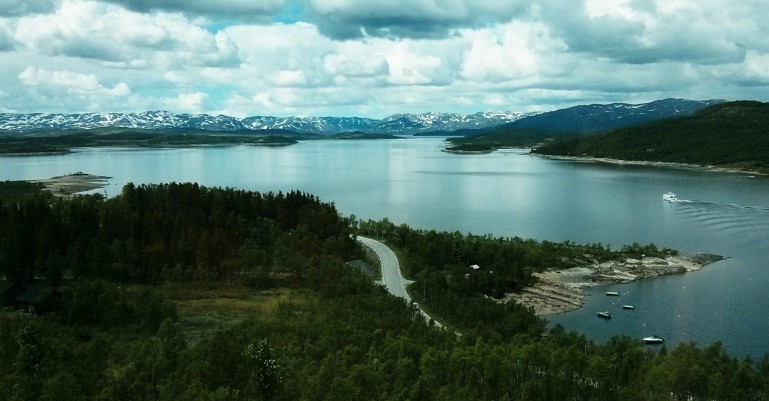
Due to this long history, Numedal has one of Norway’s most concentrated collections of medieval buildings and artefacts, comprising over 40 heritage timber buildings dating from the Middle Ages. www.visitmiddelalderdalen.no
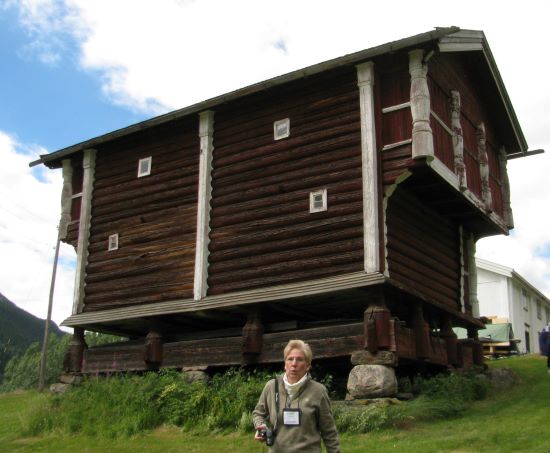
The Norwegian Stabbur
By necessity, Norwegians had to find an effective way to store food over a long harsh winter and designed a uniquely shaped log ‘Stabbur’, or food storage house, that would prevent food from spoiling, or being eaten by mice and rats.


In latter times however, the visitor to the Numedal Valley will find that most of these historic Log buildings have been converted into authentic and traditional guest lodgings.

You can sleep the night in one of these beautiful Stabburs, some which contain walls and everyday objects that have been decorated with the traditional Norwegian Art known as Rosemaling, in a style peculiar to the Numedal Valley.
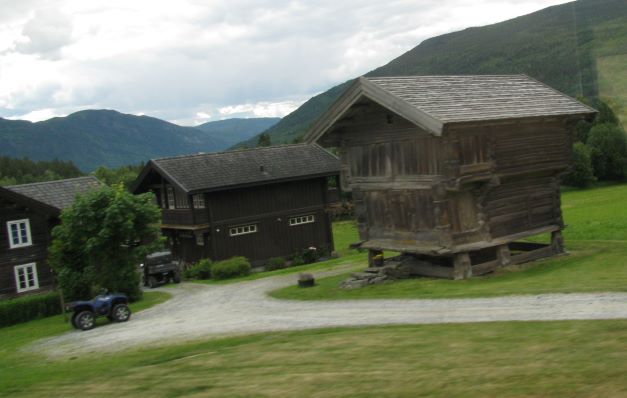
The highest number of Stabburs of any Norwegian valley are located in Numedal. And if that is not enough medieval history for you, the Valley also is home to no less than four Stave churches.
Rollag Stave Church

The Rollag Stave church is one of the better known Stave Churches in Numedal, but as all are off the main highways, they are a little hard to find. ‘Rollag Stavkirken‘ is located a few kilometres north of the village Rollag, in the Numedal Valley. It was probably originally built in the second half of the 12th century, though not all of it is original.

Initially, the church has been a simple church with a rectangular nave. First mentioned in 1425, it was rebuilt around 1660 into a cruciform church. Around 1760, the church was extended to the west.
Early Rosemaling and Hanseatic Art

The walls of Rollag Stave Church are adorned with fruit and biblical motives, which were painted in 1683, and the forerunner to the more traditional forms of Rosemaling. This was following on from the reformation. The close ties with the Hanseatic countries is exemplified in the religious figures of Mary with child, which originated in the German city of Lubeck, around the 1500’s.

The baptismal font dates from the middle ages whilst the altar dates from 1670. The blue lattice like structure in the left of the above photo is known by the archaic term which translates as: Wife’s or Widow’s ‘cage.’
Shocking as it may seem, women were seen as property in medieval times and as such, if a married Priest passed away, the next Priest assigned to that Parish, would inherit not only the Church and its land, but the Widow and any children as well! Times have changed!
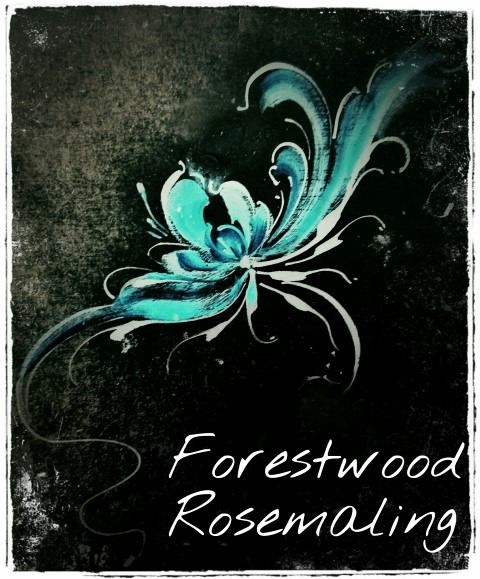
This was a logo I painted and tweaked in a photo editor for my artwork. One of the reasons for visiting Norway in such depth was to study the Norwegian Rosemaling first hand, as inspiration for further artwork and fabric designs.
Forestwood is the name of my website and online shops.



